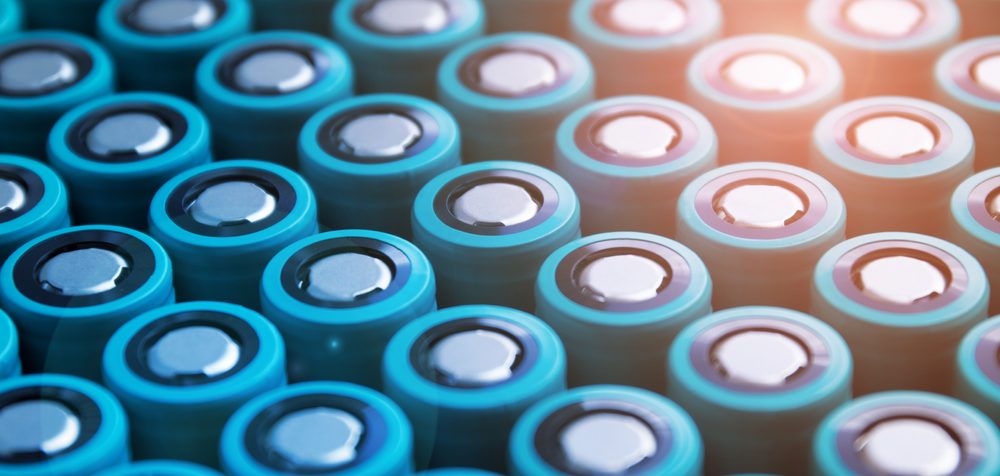
Researchers at Arizona State University are seeking to cut costs and stabilize the supply chain in battery technology by mixing lithium and sodium. Lithium’s rapidly increasing use in lithium-ion batteries for electric cars, computers, and portable devices is increasing the price and affecting the supply of this relatively rare metal. Sodium is cheaper and readily available but, when used alone, does not deliver the concentrated charge needed to power cars and portable devices.
Professor Alexandra Navrotsky’s lab developed and optimized a specialized technique – high-temperature oxide melt solution calorimetry – which measures the energetic stability of the materials, while heating experiments determine their possible decomposition in use.
Co-author Tullio Geraci explained, “We have been mixing small amounts of sodium with lithium, and testing it for stability, and then seeing how it performs. It’s a step-by-step process, and when we first started the stability was not promising – the first thing we need is to see if the mixture stays in a usable form. But as we increased the sodium content stability improved. So far, we have achieved a 10% mixture, and it seems fine, it’s still thermodynamically stable. We believe we can push this up to around 20% before we see any significant difference in performance. At first we were unsure whether these Li/Na dilutions could even be made. Surprisingly, we found that weak dilutions tend to break down, the solutions lose their homogeneity and the crystal structure which is important to produce a battery. But as we increase the amount of sodium the material becomes more stable. After we have arrived at the optimum mix, we need to turn our findings over to battery technologists to produce the first sodium-lithium batteries. We believe these are the first steps in developing a new battery technology.”
